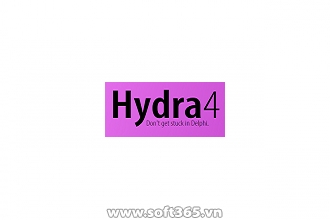Whether you're a Delphi Developer, a .NET developer, or working with both platforms, the scenarios where Hydra comes in handy are just about endless:
- Share code and reuseable UI elements (such as data visualisation) between Windows Phone 7, the web and your desktop application, using Silverlight plugins.
- Embedd a rich 3D graphics view or complex data visualisation, implemented as a WPF or FireMonkey plugin, in your regular UI line-of-business application written with Delphi's VCL or WinForms.
- Use the stunningly visual WPF-based charting or graphing components to spice up data display in your VCL or WinForms-based business application.
- Extend your legacy Delphi application with new views or new business logic implemented in .NET
- Reuse your existing Delphi business logic code or views in a new .NET-based application without having to port or rewrite all that code to .NET
- Piecemeal port your existing Delphi application to .NET by making it modular, and then port individual plugins from Delphi to .NET as you see fit (and at the same time extend it with new functionality also implemented in .NET); eventually¿optionally¿port the host application as well, to reach a fully managed solution.
- Reuse open source C# code you found online in your Delphi application, without having to port or convert it.
- Share platform-independent logic code written in Oxygene between your Delphi app (as a Hydra plugin), Windows Phone 7 (via Oxygene for .NET) and Android (using Oxygene for Java).
- Build a modularised application that can load a variety of different plugins and present and work with them in a consistent way using shared interfaces ¿ whether using a single-platform or mixing all the platforms Hydra has to offer.
- Seamlessly mix fancy FireMonkey UI with trusted VCL-based forms in your Delphi application.
- Build extendable and pluggable RemObjects SDK servers (in combination with Hydra and RemObjects SDK for Delphi).
Chưa có hoặc chưa được cập nhật!




